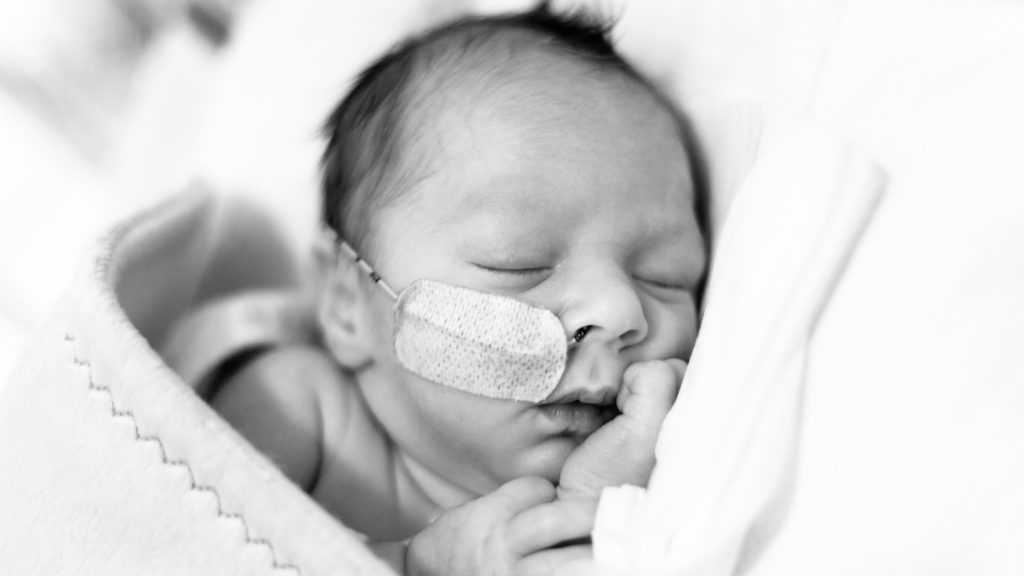Introduction to Neonatal Care
Importance of Neonatal Health
Did you know that around 2.4 million newborns die each year globally? Neonatal health is a crucial aspect of overall public health, as it directly impacts infant mortality rates and shapes a child’s future health. Common neonatal issues include prematurity, birth asphyxia, and infections, with jaundice being one of the most prevalent conditions that affect newborns.
Traditional treatments for neonatal jaundice, like blankets or fluorescent lights, were less effective. The advent of LED phototherapy by Ibis Medical has revolutionized care, significantly reducing neonatal mortality rates with more effective treatment.
This shift underscores the importance of progressing beyond the basics in neonatal care practices.
Introduction to LED Phototherapy
Phototherapy Machine For Neonatal Jaundice
Phototherapy is a medical treatment that uses light to reduce high levels of bilirubin in the blood, which causes jaundice in newborns. By shining specific wavelengths of light on the skin, bilirubin is broken down more efficiently.
There are several types of phototherapy methods used in neonatal care, including conventional phototherapy and the newer LED approach. The mechanism of action is simple: the light alters the bilirubin, allowing it to be excreted by the body more rapidly.
Advantages of LED Over Traditional Treatments
LED phototherapy has introduced impressive advantages over traditional treatments:
- Energy efficiency: LED lights use less energy, making them cost-effective for facilities.
- Reduced risk of hyperthermia: Traditional lamps are known to generate heat, a risk factor for many newborns.
- Broader spectrum of light: LEDs emit a wider range of wavelengths, ensuring more effective treatment across different bilirubin levels.
Ibis Medical’s Contributions to LED Phototherapy
- Development of LED Phototherapy Devices: Ibis Medical dedicated significant effort to research and develop LED phototherapy devices. Their commitment to quality resulted in devices with key features, like adjustable light intensity, enhanced efficiency, and user-friendly designs. Hospitals have reported positive feedback from staff who appreciate the ease of operation and the immediate impact on patient well-being.
- Impact on Neonatal Units: The IREX 10 LED Phototherapy Unit offers a superior and cost-effective solution for treating neonatal jaundice, featuring Hi Bright Blue LED technology that provides intense, uniform light coverage to ensure faster and more efficient treatment. This advanced device reduces the risk of skin rashes and fluid loss by eliminating ultraviolet and infrared light exposure. Its compact, user-friendly design, low power consumption, and long-lasting LED life make it an ideal choice for NICUs, providing optimal care for vulnerable newborns.
- Collaborations and Partnerships: Ibis Medical has collaborated with healthcare institutions in countries like Kenya, Australia, Nigeria, Bangladesh, Malaysia, Zambia, and Kazakhstan to further their mission of improving neonatal care. These partnerships with healthcare organizations drive knowledge-sharing and training initiatives, while their contributions to public health support broader outreach efforts, enhancing rural healthcare accessibility in these regions.
Conclusion
The journey of neonatal care is enriched by advancements like LED phototherapy. With continual innovation and commitment, institutions like Ibis Medical are paving the way for a future where every newborn has access to the best possible start in life. Let us continue to champion these ideas, explore new technologies, and work together to enhance neonatal health globally.


